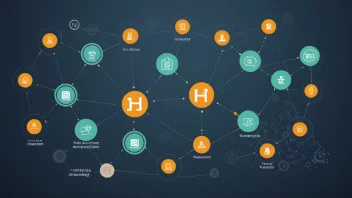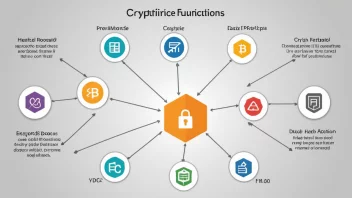In recent years, the role of cloud innovations in enhancing humanitarian aid and disaster relief has become increasingly significant. As natural disasters and humanitarian crises continue to challenge communities worldwide, the application of cloud computing technologies offers new solutions to improve response efforts, streamline resource allocation, and enhance communication among stakeholders.
One of the core advantages of cloud computing in humanitarian efforts is its ability to provide scalable resources on-demand. During a disaster, the immediate need for data storage and processing power can surge unexpectedly. Cloud services allow organizations to quickly scale up their IT infrastructure without the need for significant upfront investments in hardware. This flexibility is vital for NGOs and government agencies that must respond rapidly to crises.
Furthermore, cloud platforms facilitate real-time data sharing and collaboration among various agencies involved in disaster relief. Tools such as Google Cloud and AWS enable teams to access and analyze data from multiple sources, including satellite imagery, social media, and ground reports. This information is crucial for mapping disaster zones, assessing needs, and coordinating logistics. For example, during the 2010 Haiti earthquake, cloud-based mapping tools played an essential role in identifying areas most in need of assistance.
Another critical application of cloud innovations is in the area of communication. Mobile applications powered by cloud services allow affected individuals to report their needs directly to aid organizations. This feedback loop helps ensure that resources are allocated effectively and that the most urgent needs are addressed promptly. In addition, cloud-based communication tools can keep teams connected, even in areas with limited infrastructure.
Cloud technology also enhances the efficiency of supply chain management during crises. By using cloud-based inventory systems, organizations can track supplies in real-time, reducing the chances of shortages or excess stock in the field. For example, the World Food Programme employs cloud-based logistics systems to monitor the distribution of food aid, ensuring that it reaches those who need it most.
Despite these advantages, the implementation of cloud innovations in humanitarian aid is not without challenges. Data security and privacy concerns remain paramount, especially when dealing with sensitive information about affected populations. Organizations must ensure that they comply with regulations and best practices to protect the data they collect and process.
Moreover, the digital divide presents a barrier to fully leveraging cloud technologies in disaster-stricken areas. Access to reliable internet connectivity is often limited, which can hinder the effectiveness of cloud-based solutions. Efforts must be made to improve connectivity in these regions to maximize the benefits of cloud innovations.
In conclusion, cloud innovations represent a transformative force in humanitarian aid and disaster relief. By providing scalable resources, facilitating collaboration, enhancing communication, and improving supply chain management, cloud technologies are helping organizations respond more effectively to crises. However, addressing challenges related to data security and connectivity will be crucial for unlocking the full potential of these tools in future humanitarian efforts.






